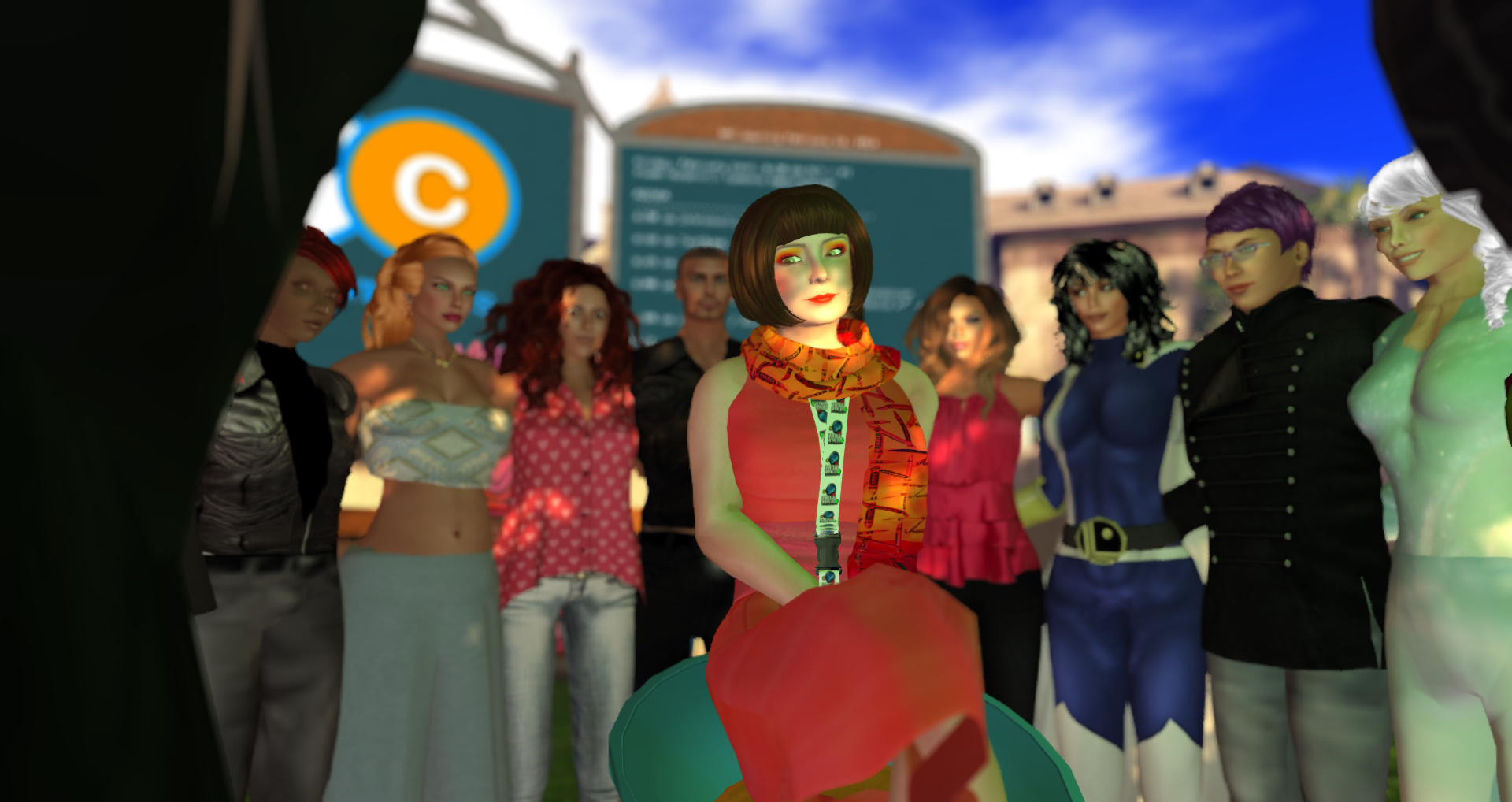Grant-making isn’t a cheap venture. Even if you are a re-granting agency (you are given money to give away), the overhead involved in running a grants program is significant. I want to help that change.
Six or so years ago, I was central in developing an online grants system and later managing a grants program using that online grants system. During that time, I worked with roughly 20 large and small organizations that gave grants ranging from city, to county, to state, to federal agencies.
Many grants programs are paper-based. Applications are filled out with pen on paper or with a typewriter. In some instances the application is available as a fillable PDF, but ultimately the process becomes analog-paper being passed from administrator to panels and from agency to applicant. It is expensive in human resources–people having to manage the process often, with the help of, excel or other spreadsheet applications.
Other grants programs use specialised software which–by and large–is expensive to set up and expensive to license each year.
The more money used to administer grants programs, the less money there is to distribute. Less Money to distribute=Less Good in the target community.
At pingVision, we have assembled a Knight Drupal Initiative Proposal that addresses the need for an open-source solution for grant-makers. This application seeks:
- To create an easy-to-use, state of the art, open-source grant-making system using the Drupal Content Management system.
- To allow for custom development of application forms.
- To allow for custom theme development.
- To provide management tools for grant applicants, grantees, panelists, and Grant-makers
Interested in helping? We can use constructive comments and votes! Help make this project happen.
You do need to register to vote and comment. If you do vote, please leave a comment of some kind.
Thanks!
Creech (Matthew)
Written by: Creech

